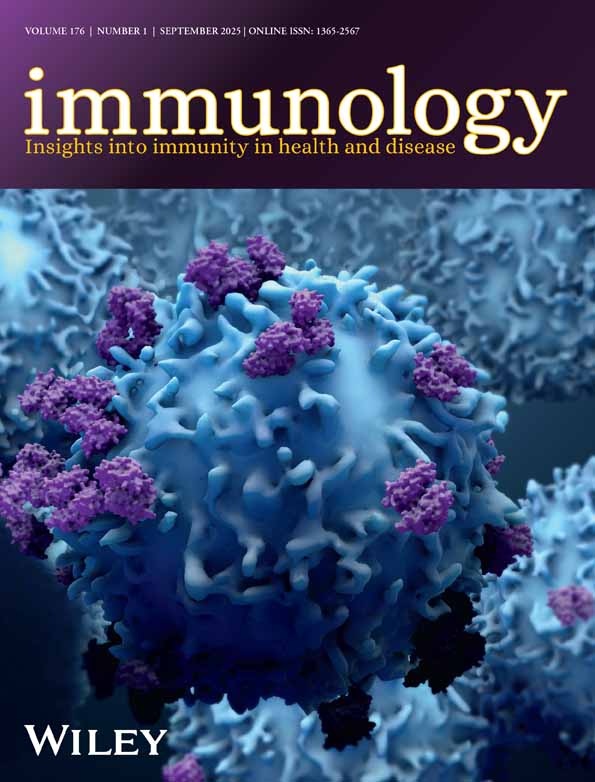Dynamic changes in circulating and antigen-responsive T-cell subpopulations post-Mycobacterium bovis infection in cattle
Abstract
Bovine tuberculosis is a threat to animal and human health in several countries. Greater understanding of the immunology of the disease is required to develop improved tests and vaccines. This study has used a model of bovine tuberculosis, established in the natural host, to investigate the dynamic changes that occur in the circulating T-cell subpopulations after infection. When the phenotypic composition of the peripheral blood lymphocytes was determined pre- and post-experimental infection, the response to disease comprised three phases. Firstly, the WC1/γδ T cells decreased and then increased, suggesting localization to developing lesions and clonal expansion. Secondly, the CD4 : CD8 ratio increased. Thirdly, the CD4 : CD8 ratio decreased to less than pre-infection measurements. The latter changes suggested sequential involvement of CD4 and then CD8 T cells. The proportion of cells expressing interleukin-2 receptor (IL-2R) also increased. Panels of T-cell clones were established at various stages post-infection and all clones that exhibited antigen responsiveness were phenotyped. T-cell clones from early infection were WC1/γδ and CD4 in phenotype, while CD8 clones appeared later in infection, eventually becoming dominant. Therefore, from in vivo and in vitro evidence, it was suggested that there is a dynamic progression in the T-cell subpopulations involved dominantly in responses to mycobacteria.




